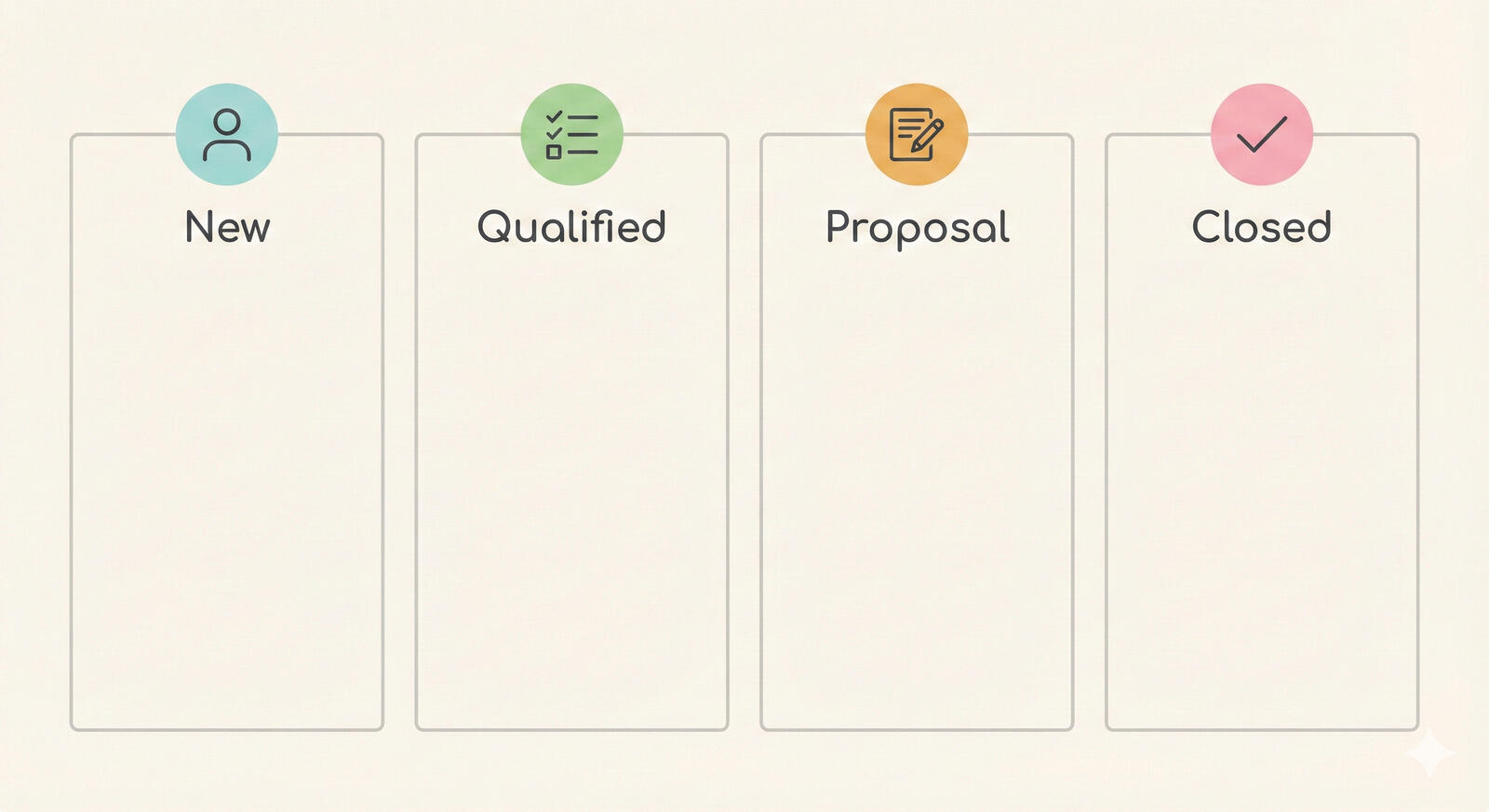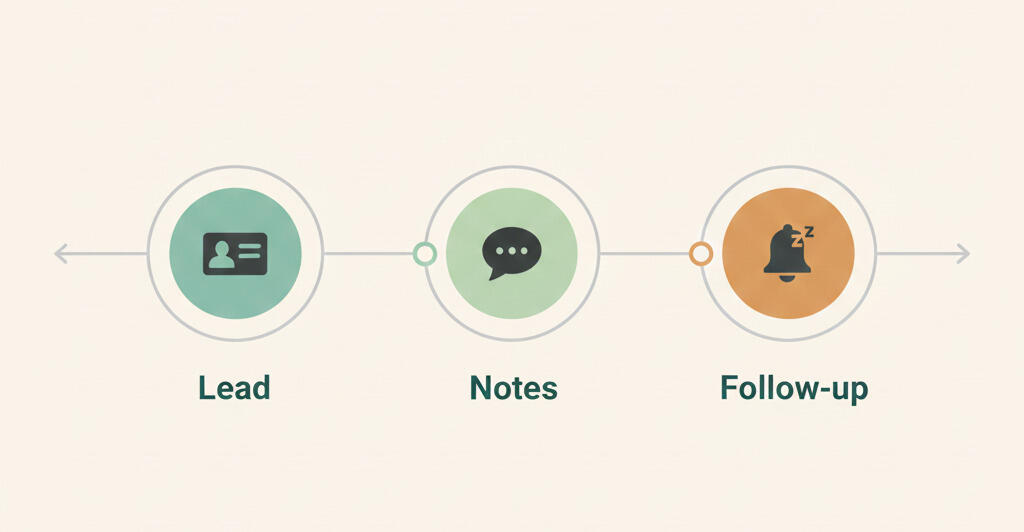How to set and track short-term goals efficiently
It is common for individuals to set different types of goals for themselves — personal goals, business goals, long-term goals, short-term goals, performance-based goals, quantitative goals, qualitative goals, etc. These goals define specific outcomes that they are looking to achieve.
If goals are set and forgotten or the path toward achieving these goals lacks compelling direction, they can lose their meaning. However, short-term goals can act as a source of motivation and inspiration, helping individuals and teams stay on track.
What is a short-term goal?
Large projects or long-term goals can be split into multiple, practical, bite-sized goals known as short-term goals. These goals have shorter deadlines of a week, fortnight, month, or a few months. Breaking down the overall project timeline into smaller tasks and assigning them strategically can help individuals and teams realize bigger, long-term goals more easily.
If purchasing a new house in a certain locality within the next three years is your long-term goal, you’ll need to define and accomplish a few short-term goals to get there. You will need to look for financing options, save enough money every month to manage the down payment, etc. These will be your short-term goals.

If your team has a goal of re-branding and launching a marketing campaign by the end of the current calendar year, you’ll need to plan well and work toward achieving the goal. Procrastinating and trying to work on the project from start to finish just a month before the deadline will not help. Since achieving a long-term goal can be challenging, it will need proper planning and unwavering determination. Simplifying it by creating multiple short-term goals is the best way forward.
Defining tasks that will contribute toward reaching the finish line and allocating them to the right people can make the job easier. Short-term goals in the current instance can be:
- Copywriting landing pages
- Content writing
- Designing visual content
- Developing a social media campaign
- Blog management
When you finally complete your long-term goal or project and look back at the various short-term goals you set and achieved, you’ll realize their importance and how they simplified the project. In other words, short-term goals act as milestones along the way making prolonged projects and complex goals seem achievable.
Short-term goals vs long-term goals
We know that the major difference between short- and long-term goals lies in the duration required to achieve them. Long-term goals can take a long time — maybe years or even a decade — to accomplish. Short-term goals are smaller, more achievable, and can be completed soon — within a few days or a couple of months.
While setting long-term goals, many people think the bigger, the better. It’s the opposite for short-term goals — the smaller, the better. Let’s look at a few other differences.
1. Strategy and commitment
Since long-term goals can take really long to complete, they can impact your personal and professional life. To successfully achieve these goals, you’ll need to be a strategic thinker. They also demand commitment over a longer term.
Short-term goals, on the other hand, allow individuals to move quickly from one milestone to another. Once you have defined a short-term goal or have a long-term goal divided into multiple time-bound goals, you can begin working on the individual activities right away. They do require some strategizing and commitment, but accomplishing smaller activities, is easier.
2. SMART goals
Long-term goals can be far-fetched and ambiguous.
Short-term goals, when set right, are SMART — Specific, Measurable, Attainable, Relevant, and Time-bound.
- Specific — You know exactly what you want to achieve.
- Measurable — You have definite parameters that mark the completion or success of the goal.
- Attainable — You have practical steps or activities to achieve.
- Relevant — You know the relevance of the short-term goal, how important it is to complete the associated long-term goal, and how it fits into the larger picture.
- Time-bound — You have realistic timelines defined for goal completion.
When you split a large, complex goal into various SMART short-term goals, tracking and completing projects before the set deadline will be a lot easier. It will give better strategic direction to the ambiguous long-term goal.
3. Juggling multiple goals simultaneously
Usually, people limit their long-term goals to one, two, or three at a time. Having too many can be difficult to manage simultaneously and can easily put you off track. That can be a key reason behind procrastinating and messing up at least one of the long-term goals — trying to complete it all at the eleventh hour.

That’s not the case with short-term goals. It’s quite common to find people juggling multiple short-term goals at a time. If someone wants to set up their own business over the next two years, the person can have multiple short-term goals associated with this ultimate goal as well as other personal and professional goals. Performing comprehensive research to be able to make the right business decisions, completing work goals at the current job, saving XYZ dollars every month via different means to support sustenance during the initial business set-up phase, reducing expenses, carrying out personal responsibilities at home, etc., can all go hand in hand.
4. Motivation
It can be challenging to stay motivated and focused while working your way through a long-term goal that can take years to launch or see the light of the day. Many a time, people feel lost on their journey. They are unable to track how far they have reached and may even feel they haven’t progressed at all.
On the contrary, accomplishing smaller activities is not only easier but also offers a sense of achievement and motivation to get to the next one. Realizing outcomes almost immediately and experiencing quick success help stay motivated and driven until the completion of the final goal.
5. Ease of accomplishment
As you won’t see immediate results with long-term goals, they demand a lot of patience. The long wait can make progress difficult. Since the deadline is far away, distractions or other projects can steal away one’s time away, making the long-term goal accomplishment even more challenging.
As short-term goals are usually SMART, they have clearer paths and outcomes. You can also see quick progress and realize outcomes pretty soon, making them fairly easy to achieve.
Setting short-term goals and monitoring them with Breeze
Whether you’re defining standalone short-term goals or breaking a long-term goal into smaller ones, recording and monitoring them in the right manner can set you up for success. Gone are the days of writing down goals on a piece of paper or in Word and Excel files. It can be difficult to track changes and manage versions of hard copies and MS Office files. Once you’ve got your project scope ready, using a project management tool such as Breeze can make task management seem like a breeze.
Breeze supports efficient short-term goal management and is loaded with a host of easy-to-use features, including:
- Tasks and activities — You can add tasks quickly and easily to an existing task list and can view timelines, owners, etc., of completed activities.
- Project boards — For related tasks that contribute toward a long-term goal, creating a project board with the complete list of associated tasks is simple with Breeze.
- Project due dates — Breeze allows teams to set the project start date and deadline so employees can stay on track while working on their short-term goals.
- List view — If you’d like to view more on a single screen, you can switch to the list view with project boards displayed as simple task lists.
- Task lists — You can segregate work more efficiently using task lists and can also drag and drop tasks to relevant lists.
- Work limits — Setting work-in-progress limits on individual task lists can help you better focus on your current short-term goals.
- Project reports — Users can see how long they took to achieve a short-term goal and the insights can help them plan future projects better.
- Project notes — Storing different pieces of project-related information on different platforms can make goal management difficult, and hence, Breeze allows you to store all information in a single location.
- Team chat — Breeze allows online team chats so everyone on the project can collaborate and work toward successful goal accomplishment.
- Email inbox — As email is an essential communication tool in any organization, Breeze allows you to add short-term goals to your long-term projects directly from your email.

With Breeze, you can stay on top of all your short-term projects with time tracking, estimates, and budgets.
Get started now!
With just the right set of features, Breeze is for everyone. The tool is adaptable, easy to learn, and simple to use. Whether you’re part of a marketing, design, sales, or engineering team, Breeze can help you and your team create and track short-term goals efficiently. It can simplify goal and task management for attorneys, churches, and non-profit organizations too.
Breeze allows teams to collaborate smoothly and work from anywhere — a must-have at a time when most organizations have migrated to a remote work setup. Managers can easily view the whole team’s progress and workload.
Explore Breeze to see how you and your team can achieve your short-term goals seamlessly.








